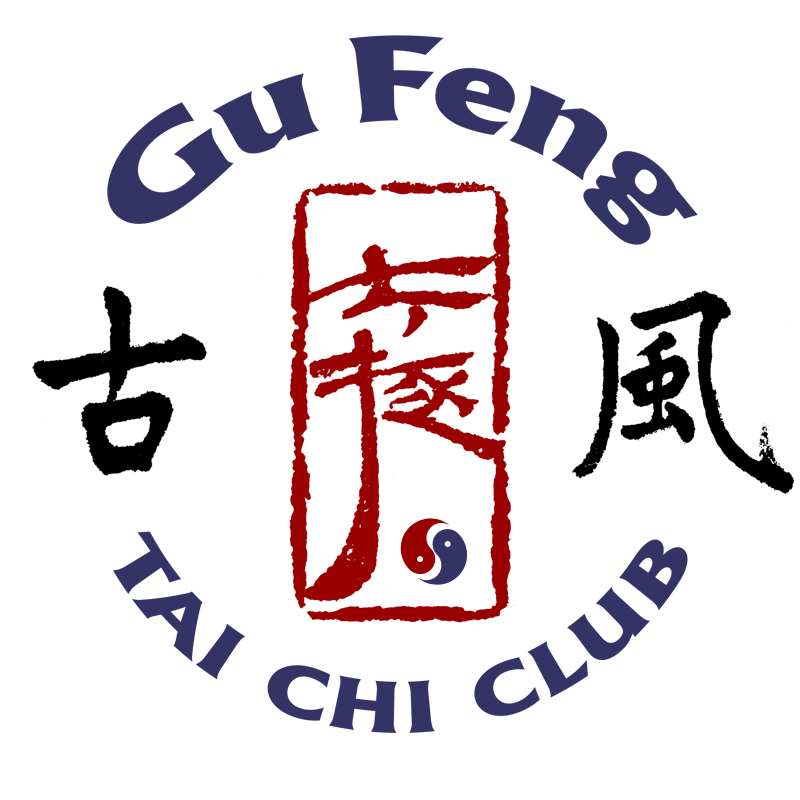Tai chi chuan, or tai chi, is a Chinese movement discipline that has become popular in the United States as a low-impact way to improve strength, flexibility, and sense of balance. In particular, several studies have shown that tai chi can reduce frailty and the number of falls experienced by older adults. A randomized trial at Emory University, published in 1996 in The Journal of the American Geriatrics Society, concluded that tai chi reduced the risk of falling by almost 50% in people age 70 or older. Since then, tai chi has continued to be a subject of medical research, with studies supporting its use in improving and maintaining fitness, reducing stress, and restoring physical function. Additionally, tai chi has been shown to be as effective as higher-intensity aerobic exercise in helping previously sedentary people reduce their blood pressure — encouraging news for anyone who can’t or doesn’t wish to participate in more intense forms of exercise.
What is Tai Chi?
Tai chi chuan is variously translated as “Chinese shadow boxing”, “supreme ultimate boxing,” or “grand ultimate fist.” These combative names underscore its origins as a martial art but bear little rela tionship to the way most people practice tai chi today. Contemporary tai chi involves a series of fluid movements, rather than the ex plosive kicks and punches that characterize its karate or kung-fu cousins. It emphasizes being relaxed but focused while following a pattern of movements known as a form. Each form proceeds through a sequence of postures, many of which have imaginative names, such as Embrace the Tiger, Grasp a Sparrow’s Tail, Strum the Lute, Cloud Hands, and Stork Spreading Its Wings.
Fundamental to traditional Chinese thought is the principle that the mind and body are interdependent and express different qualities of qi (ch’i), the life force. Breathing deeply and staying focused on executing the movements of a tai-chi form help integrate the body and mind, enhancing the flow of qi and, therefore, overall health.
Throughout a form, the knees are bent slightly, and the torso remains centered as it shifts slowly and deliberately from one leg to the other. The continual adjustment needed to maintain a solid base is probably why tai chi is so successful in developing balance control. Overall, the impression is that of a slow-motion dance or, as tai chi is often regarded, “moving meditation.”
Forms range in difficulty from postures that take little skill to perform to those that require considerable balance and flexibility. Some forms can be adjusted (by reducing the number of postures or repetitions) to accommodate people of various ages and conditions. Forms are stylistically different and are named after their founders. The best known are Yang (large, slow movements), Chen (large movements, quick and slow), Sun (quick, compact), and Wu (mid-paced, compact). Yang is the most popular style and has been simplified into the widely used Short Form. Most forms take 10 to 20 minutes to complete, can be practiced virtually anywhere, and require no special equipment.
What Do Studies Tell Us?
Several studies have recently been added to the medical literature on tai chi’s health effects.
- Blood pressure. A randomized study conducted at Johns Hopkins Medical Institutions compared two groups of sedentary adults age 60 or older. One group practiced low-intensity tai chi, and the other group engaged in a moderate-intensity aerobic exercise program. Throughout the 12-week trial, researchers tracked each participant’s blood pressure. They found that both groups experienced similar drops in systolic and diastolic blood pressure. Many other studies support tai chi as a way for older sedentary adults, as well as for heart-attack and cardiac-bypass patients, to improve cardiorespiratory function and reduce blood pressure.
- Balance and strength. Recent research has concentrated on identifying the mechanisms behind the improvement in tai chi practitioners’ sense of balance and their decreased risk for falls, as observed in studies such as the one at Emory University. Among the possibilities are improved elasticity in ligaments and tendons, stronger knee flexors and extensors, and better postural control.
- Physical therapy. Some doctors now recommend tai chi for people with osteoarthritis as a way to reduce joint swelling and improve range of motion, flexibility, strength, and balance. A program called ROM (range-of-motion) Dance, based on tai-chi principles, is designed particularly for people with chronic pain and other limiting conditions. Tai chi is also under study as a complement to traditional medical treatment of musculoskeletal and neuromuscular diseases such as multiple sclerosis.
Web sites
- William C. C. Chen Tai Chi Chuan (www.williamccchen.com)
- Tai Chi Health with Tricia Yu (www.taichihealth.com)
